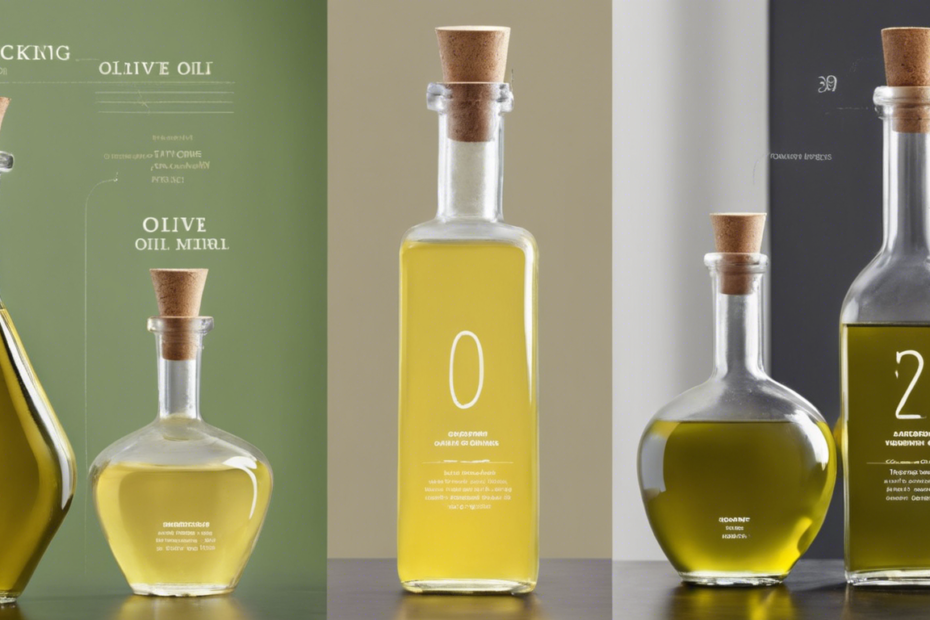Are you tired of picking the wrong olive oil for your dishes?
Understanding olive oil grades can make a huge difference in your cooking and dressing.
In this guide, we’ll break down the various olive oil grades, what they mean, and how to select the perfect one for your culinary adventures.
Whether you’re drizzling it over a salad or sautéing a favorite dish, knowing the right choice can unlock a world of flavor.
Let’s dive into the secrets of olive oil grades!
